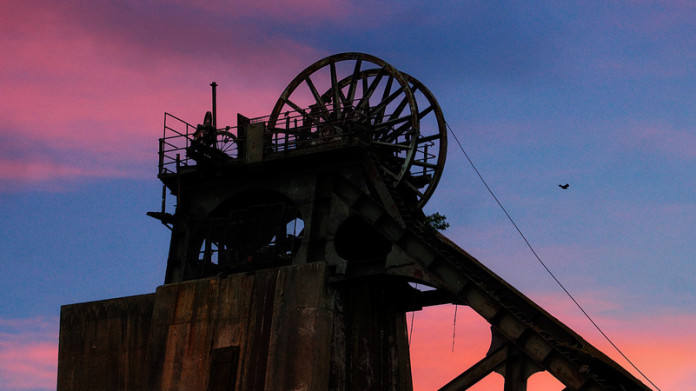
THE Department of Mineral Resources (DMR) could intervene at Sibanye-Stillwater, ordering it to change the mining method at its gold mining operations – a development that would imperil the viability of millions of ounces of gold in South Africa.
This is the view of Johann Steyn, an analyst at Citi, who argued that Sibanye-Stillwater, when it was just Sibanye, had undertaken a strategy of short-term gains at the gold mines it ‘bought’ in the demerger of Gold Fields’ South African mines, excluding South Deep.
He added that the spate of fatalities this year – totalling 21 lives – was a function of having cut out management layers, high-grading the pillars which Gold Fields had considered too dangerous to mine, and cutting capital and other operating expenses in order to lift profits just after the demerger in 2013.
Sibanye-Stillwater disagreed with this view.
“We do not agree with the comments made by the Citi analyst, which we believe are speculative and are not supported by adequate evidence,” said James Wellsted, spokesman for the company. Wellsted argued that management reductions when it first assumed control of the Gold Fields assets had been among shared services rather than underground. There had also been a decline in fatalities after the demerger.
Shares in Sibanye-Stillwater have been under pressure amid fears the viability of its gold division was in question. Ultimately, this would affect its ability to quickly pay debt incurred buying platinum mines. The company had proven it could manage the balance sheet currently, but this was less in evidence should the “… wheels come off” its gold business as indicated by the high number of fatalities, said Steyn.
It was “… difficult to recommend that investors should buy the company with a track record like this both from an ESG [environment, social, governance] perspective, as well as underlying investment risks that it holds”, he said. He added, as an example, that there was “… a real risk that the DMR could intervene which may have a negative impact on profits at a time when its balance sheet is already strained”.
In 2011, the DMR intervened at the Everest and Platinum Mile mines following fatalities ordering a change in the mining method. “This was the beginning of the end for these operations which were subsequently mothballed,” Steyn said.
Said Wellsted: “Safety is a primary focus for Sibanye-Stillwater and there is clear evidence that safe operations are the most productive operations, so the logic in the claim that we put profit before safety is counter-intuitive”. He declined to comment on the risk that the DMR might ask the company to change its mining method.
Goldman Sachs is more sanguine on the prospects for Sibanye-Stillwater, saying that although it had cut its production numbers for the firm’s gold mining operations, its pre-tax estimate for 2018 had been increased. This was a result of the weakening of the rand lately, although for the 2019 and 2020 financial years, Goldman Sachs’ estimates for Sibanye-Stillwater’s pre-tax profits were lowered on higher costs.
Leon Esterhuizen, an analyst for Nedbank Corporate and Investment Bank, said the question of a cessation in pillar mining was a risk for Sibanye-Stillwater, and for Harmony Gold – two of the largest gold mining companies left in South Africa. He rated the intervention of the DMR as less of a risk, however.
The key here is more that the labour unions put pressure on gold mining companies to halt pillar mining than the DMR, said Esterhuizen. Only when unions such as the Association of Mineworkers & Construction Union said “… enough is enough …” would the future of pillar mining be threatened. “Until they do that, I don’t see much of a threat that the DMR could change the current status quo,” he said.











